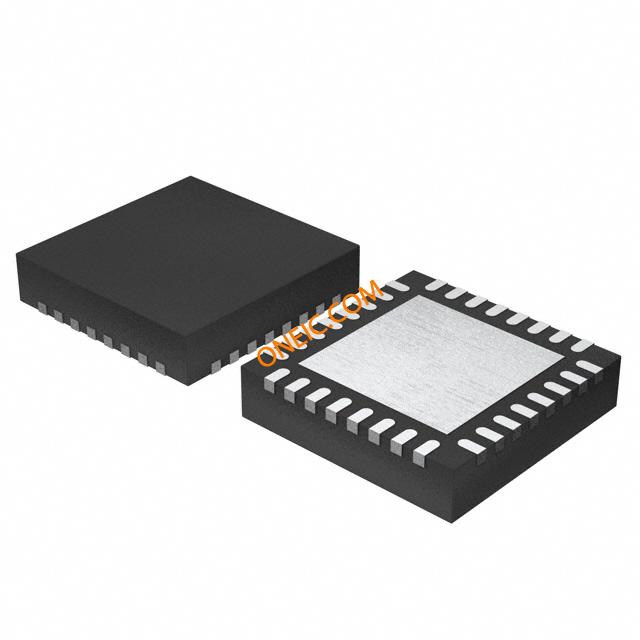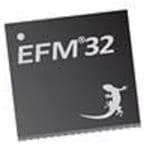EFM32G210F128
32-bit ARM Cortex M3 microcontrollers with 128KB Flash and 16KB RAM
Manufacturer: ['silicon-laboratories', 'energy-micro']
series introduction
# Introduction to the EFM32G210F128 Product Series
## 1. Overview
The EFM32G210F128 is a remarkable product series within the EFM32 family of microcontrollers developed by Silicon Labs. These microcontrollers are engineered to offer high - performance, low - power solutions for a wide range of embedded applications. With a focus on energy efficiency, processing power, and rich peripheral integration, the EFM32G210F128 series stands out as a reliable choice for designers looking to create innovative and power - conscious devices.
## 2. Key Features
### 2.1 Core and Performance
- **ARM Cortex - M3 Core**: At the heart of the EFM32G210F128 series lies the ARM Cortex - M3 processor core. This core provides a high - performance computing platform with a 32 - bit architecture, capable of executing complex instructions at a clock speed of up to 32 MHz. The Cortex - M3 core features a Harvard architecture, which allows for simultaneous access to instructions and data, resulting in improved performance and reduced execution times.
- **Memory Configuration**: The microcontrollers in this series come with 128 KB of Flash memory and 16 KB of RAM. The Flash memory is used for storing the program code, while the RAM provides a fast - access workspace for data processing. This memory configuration strikes a good balance between code storage capacity and data handling capabilities, making it suitable for a variety of applications.
### 2.2 Low - Power Operation
- **Energy Modes**: The EFM32G210F128 series offers multiple energy modes, including EM0 (Active mode), EM1 (Sleep mode), EM2 (Deep sleep mode), EM3 (Standby mode), and EM4 (Hibernate mode). In EM0, the microcontroller operates at full speed, while in the lower energy modes, power consumption is significantly reduced. For example, in EM2 mode, the core is stopped, but the real - time clock and some low - power peripherals can still operate, consuming only a few microamps of current.
- **Peripheral Power Management**: Each peripheral in the EFM32G210F128 can be independently powered on or off, allowing designers to optimize power consumption based on the specific requirements of their application. This fine - grained power management feature enables the microcontroller to operate efficiently even in battery - powered devices.
### 2.3 Peripheral Integration
- **Communication Interfaces**: The series includes a variety of communication interfaces, such as UART, SPI, and I2C. These interfaces allow the microcontroller to communicate with other devices, such as sensors, displays, and external memory modules. The UART interface is commonly used for serial communication, while the SPI and I2C interfaces are suitable for high - speed and multi - device communication, respectively.
- **Analog - to - Digital Converter (ADC)**: An integrated 12 - bit ADC is available in the EFM32G210F128 series. The ADC can sample analog signals with a resolution of up to 12 bits, making it suitable for applications that require accurate analog - to - digital conversion, such as sensor data acquisition.
- **Timers and Counters**: Multiple timers and counters are provided, which can be used for a variety of purposes, such as generating PWM signals for motor control, measuring time intervals, and implementing event counting functions.
## 3. Applications
### 3.1 Internet of Things (IoT) Devices
- **Sensor Nodes**: The low - power operation of the EFM32G210F128 series makes it an ideal choice for
Images for reference

32-QFN
32-QFN

Image Preview